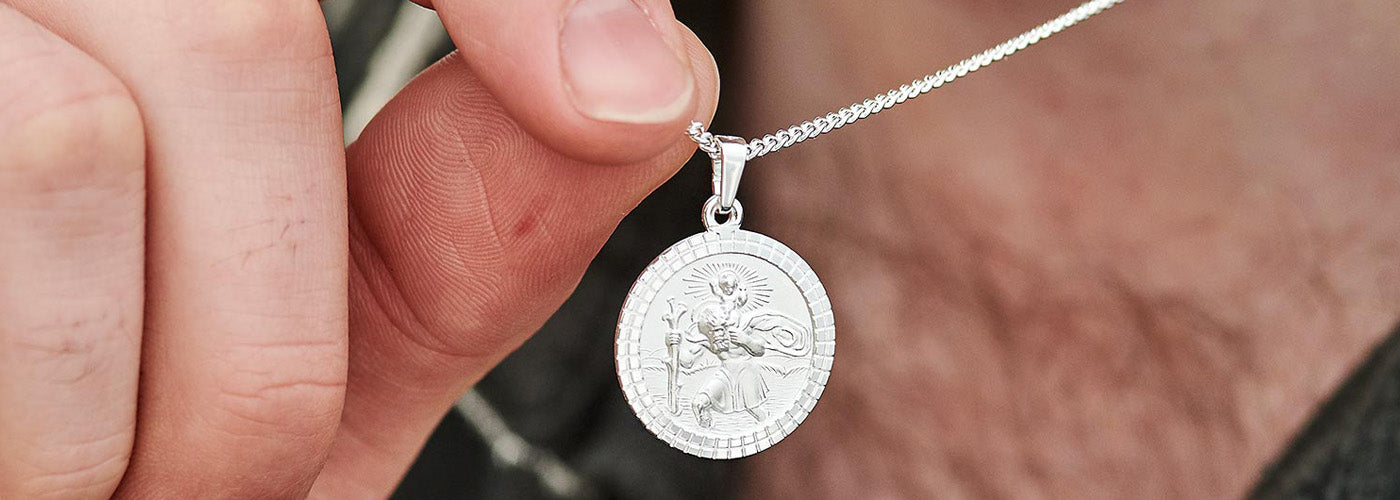Is there anything worse than landing yourself in a tourist trap? Where things are overpriced, inauthentic and not even that great! Do you long to break free from the mundane and discover the hidden gems of your travel destinations?
As an avid traveller, who loves to adventure and explore to discover new cultures and lands, tourist traps are a BIG turn-off. However, with popular destinations, businesses will always try to exploit an opportunity to make more money (and also to cater to Western tastes *eye-roll*). If you are like us and seriously dislike feeling ripped off for an inauthentic experience while travelling, continue reading to learn our top tips for avoiding tourist traps.
What is a tourist trap?
A tourist trap is, by definition, a place that attracts and exploits tourists. It is a term used to describe a place or attraction that primarily targets tourists to make money, often at the expense of providing an authentic or meaningful experience.
These places are typically heavily advertised and promoted to attract visitors, but once tourists arrive, they may find that the experience is overpriced, lacking in quality, and not reflective of the genuine culture or essence of the destination.
Sounds like the type of place to be avoided right?
Examples of common tourist traps include restaurants, bars and cafes, souvenir shops, some guided tours, and tacky attractions (like a waterpark). You get the gist!

Here are our tips for avoiding tourist traps
1. Do your research
To avoid tourist traps, don’t just rock up to one of the most famous places in the world without doing any independent research. You will fall into the lap of a tourist trap. Tourist traps are designed to be shiny and attractive and if you are clueless about the place you are in, your risk of becoming a tourist trap victim is much higher.
Dive into travel blogs (written by individual travellers, not companies from the tourism industry), forums, Google reviews and local Facebook Groups. Seek out writers and bloggers who live or have lived where you want to go and follow local business owners on social media to see what they are up to! Specifically, look for places that are lesser-known and loved by locals.
Places that you stumble across that seem amazing, save them as a star on Google Maps so you can easily find them when you arrive.
Also, do your research on what timeframes locals live by where you are visiting and try and stick to them yourself. For example in South Italy, people don’t go to dinner until 9-10 pm. If you see a restaurant open and serving dinner at 6 pm, that is a tourist trap red flag.
2. Dig deep into Google Maps
You can do this once you are there and know the area a little bit or before you arrive to prepare. Scour the streets for places to eat and attractions to visit. You can also use Google Maps to find hidden beaches, parks and photo spots!
When you find places, have a look at their star rating and some of the reviews. Focus on reviews that are written in the local language. This little bit of research will help you find amazing spots that are off the tourist path. Almost everything is on Google Maps these days and so it is a great resource for finding local gems.
Again save the best places you find on Google Maps!

3. Strike up a conversation with others!
This tip is so obvious, but if you are going somewhere that is touristy it can be quite challenging to do. When you arrive, strike up conversations with locals. Whether it is someone working in a cafe, your Airbnb host or just someone on the street, ask them where is good to go. Many locals are full of pride for where they come from and many will be happy to tell you the best places to go for them so you have the best experience possible of their home.
Depending on the culture and the language, striking up conversations with locals may be more or less challenging.
Another great thing to do is to strike up conversations with other travellers. Ask them where they have been, what they loved the most and where they would recommend. They may have received insider tips from other locals or stumbled across gems themselves!
4. Wander around aimlessly
Grab a great pair of shoes and prepare to get lost. This is one of the best ways to just stumble upon local hidden gems. Walk through back streets and alleyways in the opposite direction of the main centre and just see what you find. What you uncover will most likely be nowhere in a guidebook, or travel blog and may not even be on Google Maps. If you see a random narrow street, walk down it. See where it leads.
This is the best way to find charming cafes, vibrant restaurants, cute nooks and crannies and maybe even some beautiful views.
This is also a great way to get your bearings on where you are.

5. Seek out a local coffee shop
This is one of the best ways to be immersed in local culture. Avoid cafe chains and look for a small local coffee shop. Settle in and observe your surroundings. This will help you get a feel for the area, the culture and this may even be a fantastic place for you to start striking up conversations!
Local cafes are also popular places for notice boards to advertise local events which you can attend.

6. Avoid peak season
Off-peak is the peak for those of us who do not like tourist traps. While some places are extremely seasonal and aren’t even open in the low season, like the Greek Islands, you can always opt to visit during shoulder season.
Outside of the peak season, tourist traps won’t be functioning at full throttle. You will get a better glimpse into how life is plus you will avoid crowds and find better deals on everything.
7. Use public transport
Don’t get a tour bus ticket to see a place, just don’t do it. Try to navigate the public transport system to see the place and the surrounding areas.
This will help you avoid any scammy taxi drivers, save you a lot of money and help you live as a local would.
If public transport isn’t an option or is too difficult, try to use a ride-sharing app or local taxi app to book a taxi. Taxi drivers love to rip off tourists, but with these apps where the rate is predetermined (and based on local rates), you will not fall victim to this.

8. Ignore hawkers and touts
Practice saying NO and move on. Immediately.
9. Understand the local currency
Before you arrive do some research into how much things are supposed to cost in the local currency. Once you arrive and have cash in hand, familiarise yourself with the different notes and coins. This is especially true if the currency is wildly different to your own, for example in Indonesia, India or Thailand.
It can get very confusing and can lead you to fall victim to a rip-off or scam.
If you don’t familiarise yourself with the local currency and how much things cost, you may think you are getting a great deal when you are being ripped off or you may receive incorrect change without even noticing.
If you are paying by card, especially if it is contactless, always check the amount on the machine before paying.
10. Check the quality of fabric and materials before buying souvenirs
Souvenir shops are notorious for selling fake products and charging through the roof. Always check tags to see where it was made and what it was made out of.
Have a feel for the quality and use your intuition when speaking with the shopkeeper.
Avoid buying things from shops that aren’t unique, things that you see in many different shops in the same place. Also, try to venture away from the most touristy streets and look for local shops that are less flashy. It is always a good idea to ask locals about the best place to buy authentic souvenirs from that region.

11. Explore Surrounding Areas
Big touristy cities often have fantastic off-the-beaten-path spots nearby. Take a day trip to a different town or neighbourhood. Better yet, choose to stay in accommodation that is in more of a local neighbourhood away from the centre and away from the biggest attractions.
12. Only do an organised tour if you have to
If you are planning a trip to Tibet, Socotra, or the Inca Trail, then you have to do an organised tour. However, if you don’t have to do an organised tour, try to avoid it at all costs! Unless you like tourist traps.
Pretty much every organised tour will take you to tourist trap shops and restaurants (and heavily recommend them) as they all get kickbacks.
This is one of the most infuriating things about organised tours. Instead, use the organised tour itinerary as inspiration and create your own tour. This may feel daunting if you want to travel alone in a place that isn’t safe, so use your discernment and look for tours that give lots of flexibility.
13. Don’t trust recommendations from a guide or driver
If you hire a local guide or a taxi driver, don’t let them take control of everything. They may have some great local recommendations but chances are they will try and persuade you to go to their friend's shop, restaurant or attraction that is a total tourist trap. Research where you want to go yourself and insist on sticking to your plan.

14. Tips on how to specifically avoid tourist trap restaurants
Restaurants are one of the worst offenders when it comes to tourist traps, particularly in many big European Cities (where the food should be world-class!). Along with asking locals and other travellers where to eat, here are some additional tips to avoid an overpriced-bad meal:
- Avoid dining in restaurants, cafes or bars directly in front of major tourist attractions/pretty sights
- Avoid restaurants with menus & food on display with waiters outside waiting to lure you in
- If the menu on display outside has translations in multiple languages, it’s most likely a tourist trap
- Stay outside of the most popular areas
- Avoid places that have large menus, especially if they cover many different cuisines. The food will most likely be frozen and poor quality. The more simple and in-season the better.
- Avoid menus with pictures. This is a tourist trap red flag

BONUS TIP: Follow your instincts
Your intuition will give you plenty of clues as the whether a place is a tourist trap or not.
If you see a place or a person that looks nice and busy but it feels a bit off or looks a bit fake, trust your gut and move on.
Why you should actively try to avoid tourist traps: The dark side of over-tourism
Now, let's take a moment to understand why over-tourism is a growing concern and why we must play our part in preventing it.
When too many tourists flock to popular destinations, it puts immense pressure on the local infrastructure, environment, and cultural heritage. Unchecked tourism can lead to increased pollution, rising costs of living for locals, loss of authenticity, and the commercialisation of once-pristine locations.
To make matters worse, over-tourism often displaces locals from their homes and pushes them out of their own communities, eroding their way of life and traditions. As responsible travellers, we have the power to protect these unique places for future generations.
By seeking authentic experiences and avoiding tourist traps, we can disperse tourism revenue to lesser-known areas, support local businesses, and promote sustainable tourism practices. Together, we can ensure that the places we visit retain their charm, preserve their heritage, and continue to captivate travellers for years to come.










